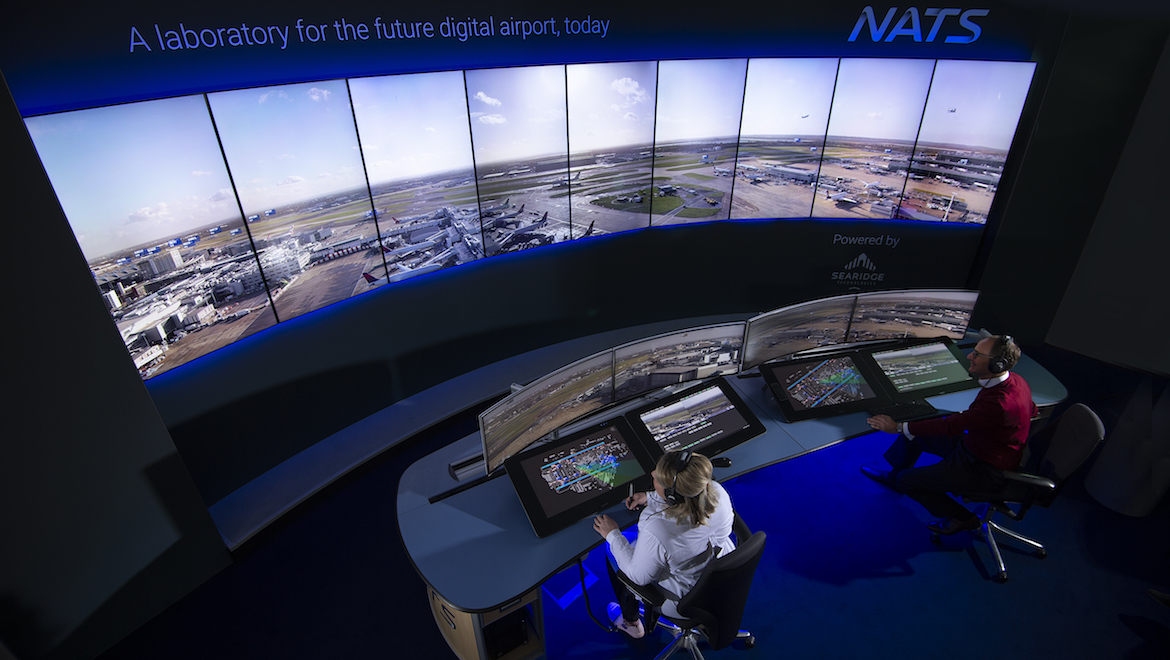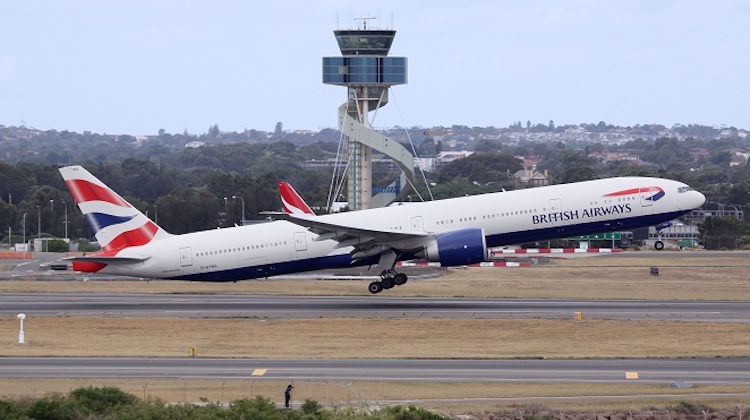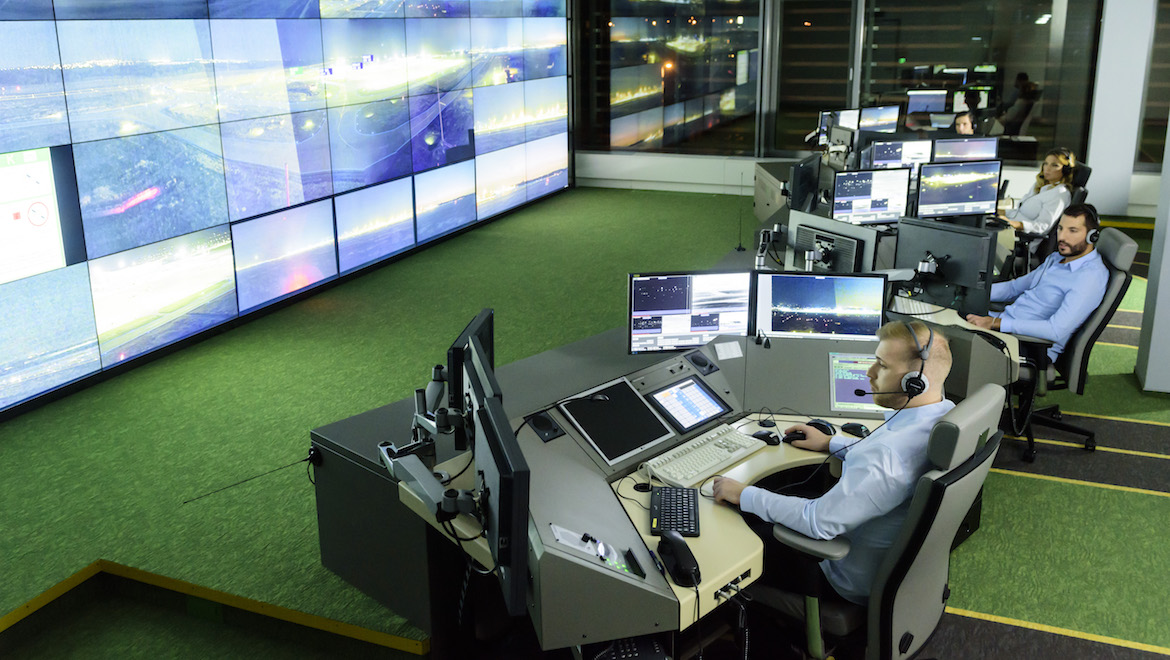
Searidge Technologies says it will build a digital control tower prototype for Airservices Australia to trial at Sydney Airport for possible contingency use.
The Canada-based company announced the Sydney Airport prototype at the recently held Dubai Air Show. It said cameras had already been installed on one of Sydney Airport’s runways and was now setting up a video system with panoramic views of that runway.
Further, it said the digital tower system could pave the way for remote tower technology at other Australian airports.
Searidge head of air traffic management Neil Bowles told reporters at the Dubai Air Show that the surveillance system had the potential to make a physical air traffic control tower a safety back up to the digital tower.

The company said in a statement the tower was “the first operational system of its kind in an air traffic control tower to provide detection, positioning and tracking of all targets on an airport surface”.
It included a panoramic 4K video system, gap filling/advanced surface movement guidance augmentation, apron management and remote tower capabilities.
The multiple fixed-position cameras tracked, panned, tilted, and zoomed in to observe objects or areas of interest and projected the vision live onto a large wall inside a room at the airport.
Radar and weather data could also be overlaid on the screen to provide greater situational awareness.
Searidge said the Sydney Airport project’s first “define stage” was scheduled for completion by March 2020.
Airservices Australia executive general manager for air navigation services Peter Curran said in a statement that the digital tower would enable the air traffic manager to optimise its future service.
Further, Curran said digital towers supported greater resilience at the country’s major airports and responsiveness to service level requirements.

Searidge chief executive Moodie Cheikh said the company demonstrated the digital tower as an “agile and flexible method of delivering aerodrome services to support the airport’s long term growth, safety and asset management plans”.
As well as providing Airservices air traffic controllers and Civil Aviation Safety Authority (CASA) staff with ultra-high definition (UHD) views of the main operating areas from a room at the airport, the benefits of a digital tower also included its use for contingency operations, Cheikh said.
Searidge was halfway through a 22-month trial of its digital tower technology at Singapore’s Changi Airport, which handles 58 million passenger movements a year. Changi was the largest airport to trial the technology.
Bowles said the Singapore trial was progressing well. More broadly, Searidge had technology installed at more than 35 sites in 20 countries, including London Heathrow and Hong Kong.













